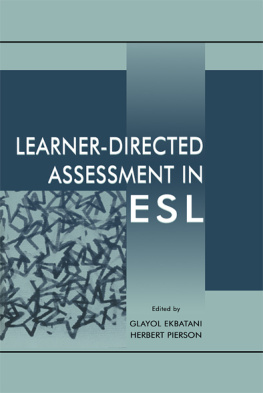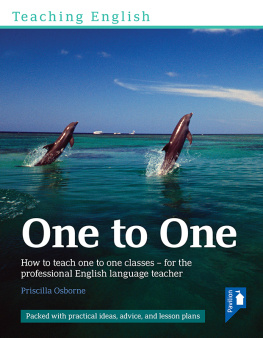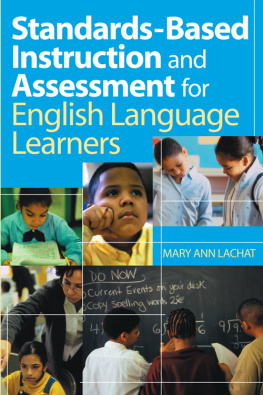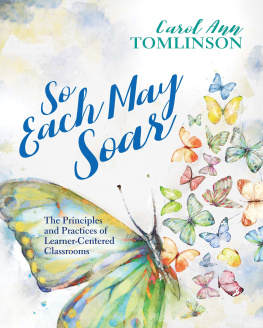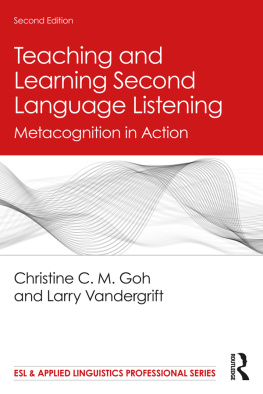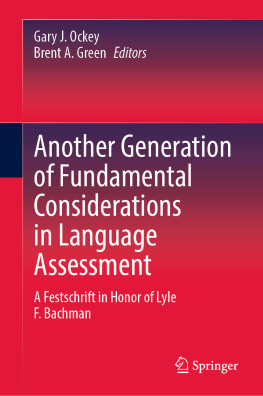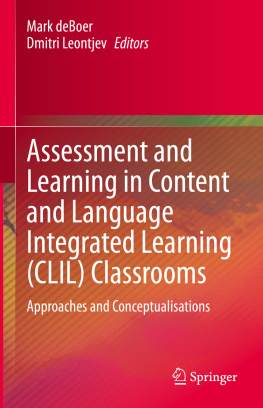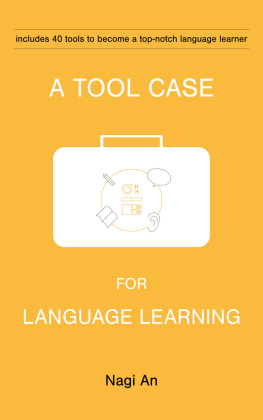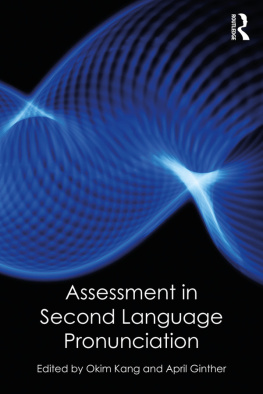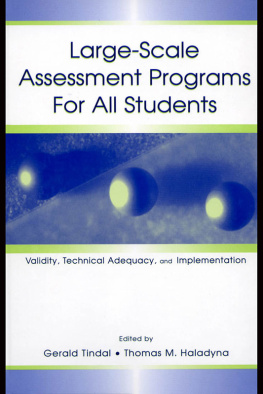First Published by
Lawrence Erlbaum Associates, Inc., Publishers
10 Industrial Avenue
Mahwah, NJ 07430
Copyright 2000 by Lawrence Erlbaum Associates, Inc.
All rights reserved. No part of this book may be reproduced in any form, by photostat, microfilm, retrieval system, or any other means, without prior written permission of the publisher.
This edition published in the Taylor & Francis e-Library, 2008.
To purchase your own copy of this or any of Taylor & Francis or Routledges collection of thousands of eBooks please go to www.eBookstore.tandf.co.uk.
Cover design by Kathryn Houghtaling Lacey
Library of Congress Cataloging-in-Publication Data
Learner-directed assessment in ESL/editors: Glayol Ekbatani, Herbert Pierson.
p. cm.
Includes bibliographical references and index.
ISBN 0805830677 (alk. paper).ISBN 0805830685 (pbk: alk. paper)
1. English languageStudy and teachingForeign speakers. 2. English languageAbility testing. I. Ekbatani, Glayol. II. Pierson, Herbert D. (Herbert DeLeon), 1941
PE1128.A2L359 1999
428.007dc21 9917875
CIP
ISBN 1-4106-0528-0 Master e-book ISBN
ISBN13: 978-1-4106-0528-3 Master e-book ISBN
ISBN13: 978-1-135-67551-6 ePub ISBN
Publishers Note
The publisher has gone to great lengths to ensure the quality of this reprint but points out that some imperfections in the original copies may be apparent.
For my parents, Parvin and Saed, and my beloved aunt, Afagh
Glayol Ekbatani
For Angela, David, and Rebecca
Herbert Pierson
Contents
Lyle F.Bachman |
Glayol Ekbatani |
Brian North |
Diane Strong-Krause |
Erna van Hest |
Margo Gottlieb |
Alan Hirvela and Herbert Pierson |
Andrew D.Cohen |
Glayol Ekbatani and Herbert Pierson |
Foreword
Lyle F.Bachman
University of California, Los Angeles
Two recent movements in applied linguisticslearner-centered language teaching and a renewed interest in the authenticity, interactiveness, and impact of language assessmentshave come together to bring about a greater concern for and interest in expanding the role of the learner or test-taker in the assessment process. Learner-centered teaching has focused not only on the types of learning activities or tasks with which learners interact in language classes, but also on greater involvement of learners in directing their own learning. Interest in facilitating self-directed learning has led to the development of self-access or independent learning centers, where learners work by themselves, in pairs, and in small groups, interacting in a wide variety of activities involving a vast array of technologies, from tape and video players to live satellite transmissions to the most sophisticated computer-based multimedia learning programs, as well as human tutors and group facilitators. What has often been slighted in both learner-centered classroom activities and self-access centers is the development of appropriate assessment procedures in which learners are not only test-takers but also active participants in the assessment process. The chapters in this volume provide some useful insights into this issue and suggest a number of approaches for greater involvement of learners in the assessment process. Interest among language testers in making language assessments more authentic and interactive, and for facilitating positive impact on test-takers, has led to renewed interest in assessment procedures such as self-assessment and portfolios, and research into the application of research tools such as verbal self-reports and the analysis of self-repairs to the purposes of assessment.
These shared interests among language teachers and language testers have led to the development of an exciting range of approaches to assessment, many of which are discussed here. These approaches share two common interests: (a) developing assessment tasks and procedures that are more closely related to learning and teaching tasks, and (b) involving learners in the assessment process (i.e., in designing or selecting their own learning or assessment tasks and procedures, and in assessing themselves). There are also several common assessment issues that these approaches need to address: (a) the purpose of the assessment, (b) the content to be assessed, (c) the types of assessment tasks or procedures to be used, (d) the appropriate procedures for administering the assessments, and (e) the appropriate method for assessing performance and providing feedback to learners and other test-users.
The most important consideration in any assessment is the purpose, or use, for which it is intended, so that it is essential for developers of learner-directed assessments to clearly specify the purpose for which these are intended. Assessments can be used for a variety of purposes, including appropriate placement; self-access activity; diagnostic feedback to the learner; and the formative evaluation of learning materials, content, activities, and delivery system. Formative assessment purposes such as these lend themselves most easily to greater learner involvement. The challenge will be to appropriately involve learners in assessment for summative purposes, such as admission to a program, certification of achievement, or to demonstrate accountability to institutions.
The content of the assessment tasks or the areas of language ability to be assessed also needs to be clearly specified. This can be based on material covered in a course syllabus, on a learners own self-directed learning plan, or on independent material or objectives outside of the course or learning activities themselves. In addition to assessing areas of language ability, it may be useful to assess other qualities of learners, such as their affective responses to learning or self-access activities, the various strategies they may employ in these, and the relative effectiveness of the learners own involvement in both the learning and the assessment process. The challenge here, I believe, will be to develop creative approaches to assessing qualities of learners, such as affective responses and strategy use, that may be relatively difficult to access.
The types of assessment tasks to be included can vary in so many ways that careful consideration needs to be given to the potential authenticity and interactiveness of these tasks. Following Bachman and Palmers (1996) definition, authenticity pertains to the extent to which the characteristics of assessment tasks correspond to the characteristics of tasks in a specific target language use (TLU) domain, either that of the language classroom or self-access materials, or that of a particular real-life domain in which learners will eventually use the language they are learning. Bachman and Palmer (1996) defined interactiveness as to the extent to which the abilities or attributes that we want to assess are engaged, or elicited, by the assessment task. Tasks that are highly interactive and perceived as relatively authentic by test-takers are likely to engage them in language use and to provide language samples on which can be based valid inferences about the abilities to be assessed. One challenge will be to clearly identify and describe, collaboratively with learners, the language-use tasks in the appropriate TLU domain. Another challenge will be to apply the same creativity and ingenuity to designing and developing assessment tasks, also in collaboration with learners, as goes into the design of learning tasks, so that assessment tasks correspond to TLU tasks, and engage the abilities we want to assess.

